
On APRIL 24, 2023
Guide, Tips and Templates for Effective Knowledge Base Article
Gone are the days when a customer directly called a sales representative to require information, ask for instruction or even enquire refund policy. Customer self-service has changed the behavioural patterns of both business owners and consumers in a completely different way. Nowadays, buyers have a tendency to look for assistance themselves by diving into an informative knowledge base (KB) article.
Understanding the significant role of helpful KB articles, in this post, Smart Tribune will be providing you with a comprehensive guide to smoothen customer experience and exceed their expectations with:
- Digestive knowledge base article definition;
- Steps to create high-quality content for help centre articles;
- Key elements of support articles;
- Knowledge base best practices;
- Frequently asked questions about a help center.
If you feel pumped and so do I, let's get the ball rolling.
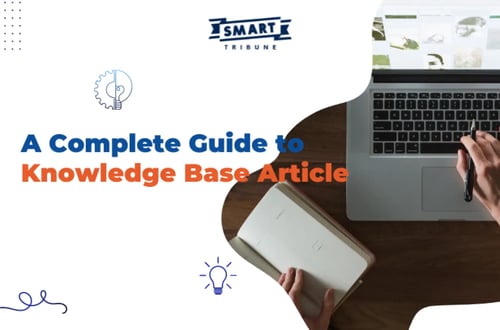
What is A Knowledge Base Article
Before digging deeper into how to create help articles on your website, we will be getting a better grip on the fundamentals of a knowledge base and a knowledge base article.
Knowledge base refers to a centralized online resource of information in which a company or organization publicly shares their instruction, updates, reports, procedures, policies, articles, documents and other internal related info.
Normally, internet users can easily search for information by entering keywords in search engines or access the knowledge base directly and look for the needed info within categories and tags.
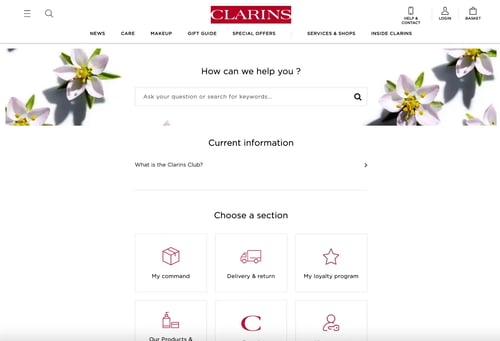
By the same token, knowledge base articles are specific pieces of content within a knowledge base that provides information and guidance on a particular topic. Knowledge base articles are typically written in a concise and structured format that is easy to read and understand.
Common KB article types are
- Step-by-step instructions,
- Troubleshooting tips,
- Best practices,
- FAQs
that are related to a particular product, service, or process.
Business owners can leverage knowledge base articles to improve customer self-service and enhance technical support operations. For example, if a customer encounters an issue with a product, they may search the knowledge base for an article that addresses the problem. Doubtlessly, knowledge base articles can help customers resolve their problems quickly and efficiently, without contacting customer support.
Minimizing the involvement of customer support staff can profoundly boost your customer experience and build brand love as consumers spend no time waiting for assistance. Besides, businesses can optimize human resources cost and allocation since a knowledge base can support thousands of customers at once.

In addition to customer support, knowledge base articles also come in useful for the employee knowledge transfer process. They help potently share best practices and prowess across teams and departments.
As a knowledge base of paramount importance for efficient business operations, we've curated a pile of valuable articles just for you to make the most of it.
- Why Knowledge Base Boosts Your Employees Productivity?
- The Basics of Creating and Managing A Knowledge Base
- 100+ Best Knowledge Base Examples - Analyzation and Key Takeaways
How to Write A Knowledge Base Article That Benefits Your Customers
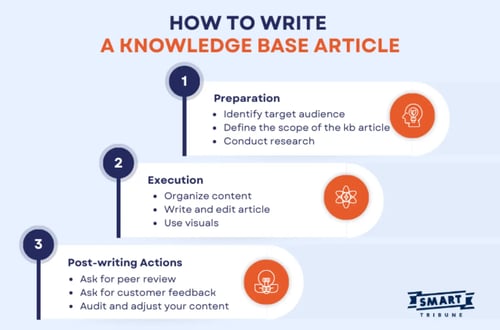
Preparation
Identify your target audience
Determining your target audience is essential when writing a knowledge base article because it allows you to tailor your content to their specific demands and level of understanding.
By understanding who your audience is, you can apply language, examples, and other lexical elements that are appropriate for their expertise. Unfamiliar jargon or technical terms may bring about misunderstanding and poor customer experience.
Additionally, deep insights into the target audience can help you anticipate their needs and expectations.
For example, if your audiences are tech-savvy, they may require more in-depth information about a particular product or service. On the other hand, if most of your audiences are non-technical consumers, they may require more basic information and digestive explanations.
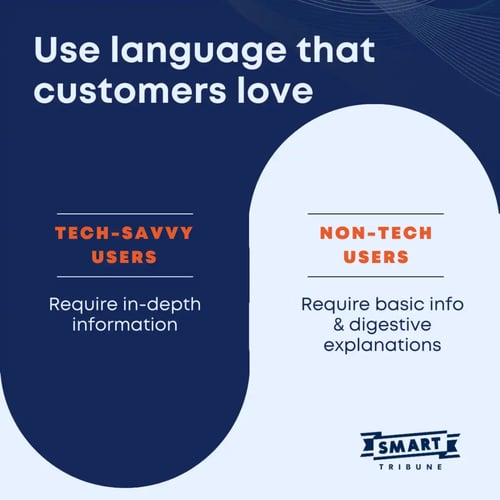
By devoting more effort to identifying your target audience and customizing your content to satisfy their needs, you can ensure that your knowledge base article is useful and relevant. This will help your customer solve their problems in a much shorter time.
Define the scope of your KB article
By defining the scope, you establish the specific topic that you will cover, determine the level of detail of the content, and effectively manage time and resources.
Defining the scope of a knowledge base article makes a significant contribution to keeping your content focused, applicable, and helpful for your audience.
With the particular topic and level of detail in mind, you can actively narrow the scope of your article. By doing so, you make support articles more readable and easy to understand for your audience, as they won't be overwhelmed by too much information.
Simultaneously, defining the scope of your article allows you to avoid wasting time and resources on researching and writing about topics that are NOT relevant to your audience.
Conduct research
Gather all the information you need to write the article, including any supporting documentation or references. This may include user manuals, technical specifications, dev docs, business terms and policies, and the like.
In this phase, to save time and yield your audience with insightful KB articles, asking for help from experts is highly recommended. Expertise, experience and knowledge collected from professionals can turbocharge your content, making it more valuable and impactful.

That's all for the preparation phase. Now, it's time to pick up your pen.
Execution
Organize your content
In order to keep your article organized and logical, you can build an outline template that includes several essential elements and general requirements.
Content writers for knowledge base articles should lay out headings, subheadings, and bullet points to make the information easy to follow and digest. Also, they should be trained to use clear and concise language and avoid using overly complicated sentences.
A well-crafted outline must serve as a primer for creating a helpful knowledge base article. Check out the following key elements of a good outline to make yours:
- Clear and specific topic: In the earlier stage, you've already determined the topic. So, in this step, make sure your outline covers all of the main points that your audience looks for.
- Logical organization: Organize your ideas in a logical and coherent manner, grouping related concepts together and arranging them in a logical order.
- Main points: Identify the main points or arguments you want to make, and support each with evidence or examples.
- Subpoints: Break down each main point into subpoints or supporting details, which add depth and clarity to your arguments.
- Transitions: Use transitional phrases or sentences to connect one idea to another, and help the reader follow your train of thought.
- Flexibility: Be flexible and willing to adjust your outline as needed. Your ideas and research may evolve as you work on your KB article, and your outline should be able to accommodate those changes.
Here comes a content outline example for knowledge base article.
Heading 1: The title or the main topic of the knowledge base article
Short introduction
Heading 2: First main point - Heading
Heading 3: Subpoint 1 - Subheading
- Step 1
- Step 2
- Step 3
Heading 3: Subpoint 2 - Subheading
Heading 3: Subpoint 3 - Subheading
Heading 2: Second main point - Heading
Heading 3: Subpoint 1 - Subheading
Heading 3: Subpoint 2 - Subheading
Heading 3: Subpoint 3 - Subheading
Heading 2: Conclusion
Write and edit your article
After the research phase and outline setup, you can start writing your article, focusing on providing clear and actionable information.
After you've finished writing, proofread and edit your article to ensure it is error-free and understandable.
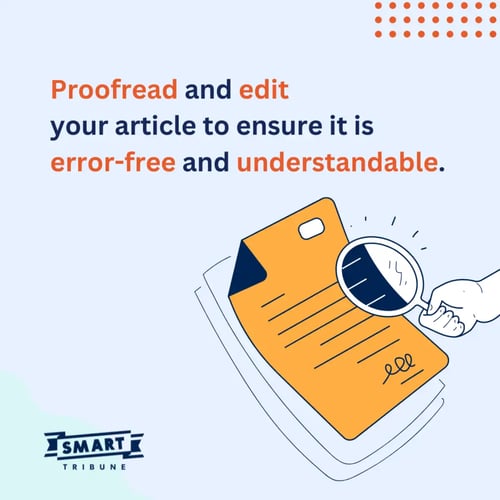
Use visuals
To illustrate your points and make the content more engaging, you and the content team should incorporate visuals, such as images or screenshots.
Post-writing Actions
Ask for peer review
After finishing a knowledge base article, writers should ask for review and feedback from co-workers. A different point of view along with objective feedback will help you improve the knowledge base article quality as you may not spot a minor grammar mistake or a flaw in coherence.
By getting a co-worker to point out grammar, logic, wording or typo mistakes, you can quickly adjust knowledge base article content and ensure its highest caliber.
Ask for customer feedback
Besides peer check, collecting feedback or comments from your customer is a brilliant idea to elevate your knowledge base content.
A popup surveying customer satisfaction level or checking the helpfulness of the KB article enables you to constantly update content and raise the content quality.
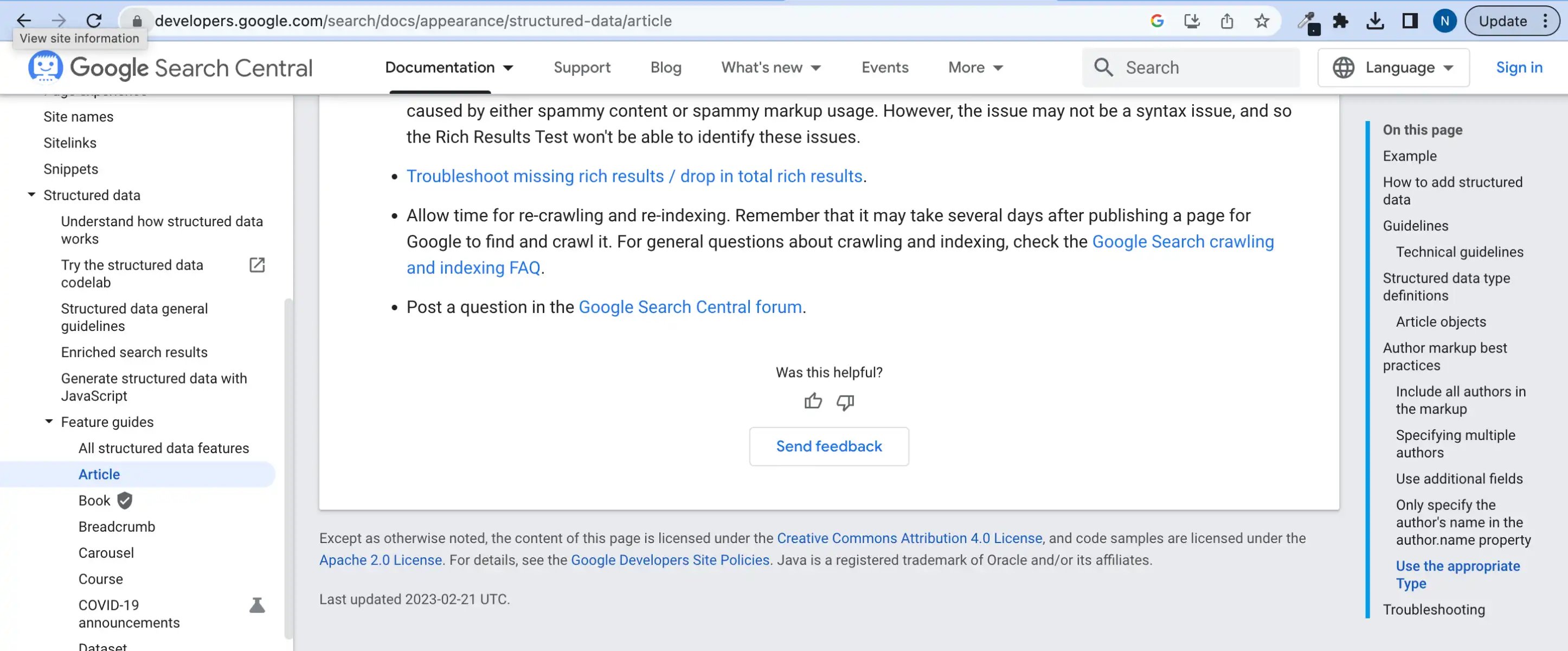
Thousands of websites and businesses ask for your customer feedback and modify their knowledge base articles accordingly to polish the content and improve customer experience.
Audit and adjust your content
Knowledge base article is like other types of content. They need updating regularly to be up-to-date and helpful for audiences.
Every 3 months or 6 months or a year (based on your business demands), your knowledge base system should be audited and edited in bulk as the provided information may no longer be applicable. In case you have a big change in your terms and policy or product attributes and other brand-related info, you should adjust content immediately to avoid misleading.
Free Knowledge Base Article Templates
To help you save time and get a broad picture of how a knowledge base article should be structured, we will walk you through some of the typical knowledge base article templates:
- Step-by-step instructions,
- Troubleshooting tips,
- FAQs
Even though each type of knowledge base article has a particular structure, writers must include an introduction, body, and conclusion in every piece of content.
Step-by-step instruction
Step-by-step instruction or How-to knowledge base article is a critical part of a useful knowledge base system used to show users how to perform certain tasks. Step-by-step instruction assists customers to troubleshoot the problems they encounter with a service or a product.
Here is a universal step-by-step instruction knowledge base article format:
Title: How to [name the task]?
Task: A brief introduction of the task (eg.: "In this article, we will walk you through ...", "This article will help you to ...", "By following this instruction, you'll be able to ...")
Prerequisites (if applicable): A list of products/features/customers the instruction can be applied to]
Instructions:
Step 1:
Step 2:
Step 3:
Result: Brief description of what should be possible once the task is completed
Further Reading: A collection of related articles with links
Troubleshooting tips
The knowledge base should be as useful as possible, that's why troubleshooting tips are included. Troubleshooting tips in the KB article serve as official suggested solutions for customers to solve problems.
Let's take a closer look at it:
Title: Problem name
Problem: Brief introduction of the problem to be addressed and overview of possible solutions
Solutions:
Solution 1
Solution 2
Solution 3
Result: Description of how to ensure the problem is solved
Alternatives: Further elaboration on the next steps if the problem isn’t solved
(e.g. “If none of these actions work, please call our customer support at +44 203 9257 966 or email us at contact@smart-tribune.com)
Further Reading: A collection of related articles with links.
FAQs
By providing articles on frequently asked questions, a business helps customers easily find solutions for common snags.
Here comes the free FAQs knowledge base template:
Title: Frequently Asked Questions
Table of contents:
Section 1 (e.g. General Questions)
Question 1 (e.g. What is function X?)
Question 2 (e.g. What are the benefits of function X?)
Section 2 (e.g. Applicable Cases)
Question 1 (e.g. When to use function X?)
Question 2 (e.g. Who should use function X?)
Answers:
Section 1
Question 1
Answer 1
Question 2
Answer 2
Section 2
Question 1
Answer 1
Question 2
Answer 2
Tips for Creating High-Quality Knowledge Base Articles
There exist a handful of requirements for high-quality content of knowledge base articles. However, some of the knowledge base best practices can be considered as top priorities.
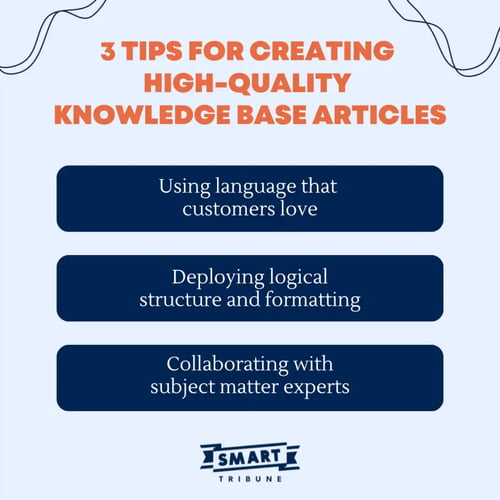
Using language that customers love
A business has a tendency to use branded terms to mention features or elements of its service or product, but customers may not know those terms and never search for them. To make sure your customer finds the appropriate support in the quickest manner, you should review support conversations to collect terms that your customers use to talk about your offerings and apply them to your knowledge base article.
Deploying logical structure and formatting
Logical structure and formatting help your audience grab needed info in a shorter time. You can use headings, subheadings, bullet points, and other formatting techniques to improve readability.
Collaborating with subject matter experts
Before kicking off the writing process, you should research and ask for info from experts. Collaborating with subject matter experts can ensure the accuracy and depth of the content.
FAQs about KB Articles
What is a knowledge base article or What is a KB article?
A knowledge base is a centralized repository of information that contains knowledge, data, and other resources relevant to a particular topic or organization. It is designed to help people find answers to their questions quickly and easily by providing a comprehensive and searchable database of information.
How to write a knowledge base article?
Writing a knowledge base article involves several steps to ensure that the content is clear, concise, and helpful to the intended audience. Here are some general guidelines to follow when writing a knowledge base article:
- Identify your target audience
- Define the scope of your KB article
- Conduct research
- Organize your content
- Write and edit your article
- Use visuals
- Ask for peer review
- Encourage customer feedback
- Audit and adjust content regularly
Conclusion of Knowledge Base Article
Customer self-service now has an essential role to play in elevating customer experience and changing online customer behaviour. That's why nowadays, businesses put in great effort to build a knowledge base with hundreds of helpful knowledge base articles.
An effective knowledge base article can save you time and human resources in solving customer problems with your product or service. Besides, it gives you an edge in customer experience as your clients or buyers can address their issues themselves without waiting for sales representatives.
Hope that after reading this article, you can effortlessly build an informative support page filled with high-quality knowledge base articles. To quickly and easily store, organize and launch your help center, the use of robust technology is a must. Give Smart Knowledge a whirl to provide great customer self-service without a hitch!
Should you have any questions or inquiries about the knowledge base article, drop us a line to get instant support.


.png)



